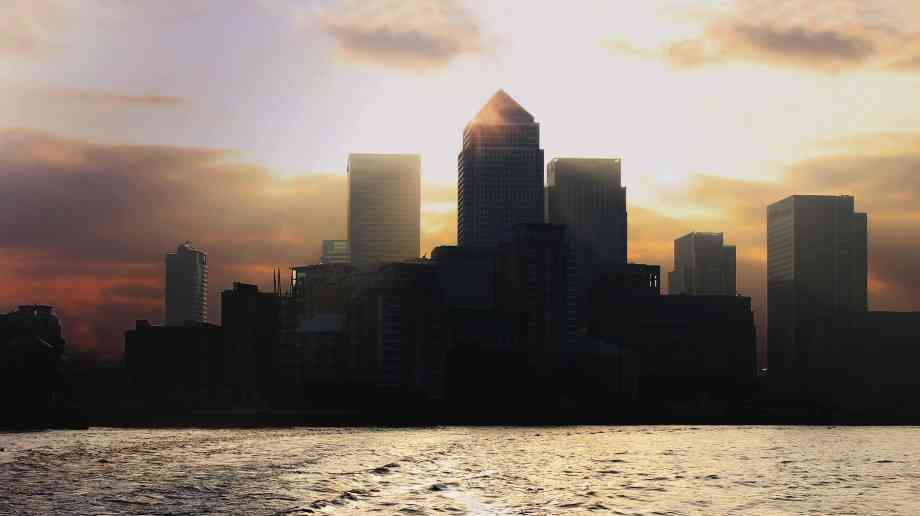Sue Robb of 4Children talks to Julie Laughton and Alison Britton from the Department for Education about the role of childminders in delivering the 30 hours free entitlement.
Improvement in London’s air quality since 2016

New data has shown a substantial improvement in London’s air quality across the capital since 2016, but Mayor Sadiq Khan is seeking further boosts for the capital.
The figures from City Hall show that, even before lockdown, measures implemented by the Mayor of London since 2016 have helped transform London’s air. One of these measures, the world’s first 24 hour Ultra Low Emission Zone, has contributed to a reduction of 44 per cent in roadside nitrogen dioxide (NO2) in the central London ULEZ zone.
According to the stats, there are now 44,100 fewer polluting vehicles being driven in the central zone every day with 79 per cent of vehicles in the zone now meeting the ULEZ emissions standards – up from 39 per cent in February 2017. The success of the existing central London ULEZ gives confidence that expansion of the ULEZ will help deliver wider benefits for London, including saving the NHS around £5 billion and preventing more than one million hospital admissions over the next 30 years.
Additionally, City hall claims that the number of state primary and secondary schools located in areas exceeding legal pollution limits (NO2) has fallen from 455 in 2016 to only 14 in 2019 – a huge reduction of 97 per cent.
However, the fact that 99 per cent of London does not meet WHO recommended limits adds to the growing evidence and cross-party consensus that these limits should be included in the Environment Bill as a legally binding target to be met by 2030. This is needed for the protection of people’s health and research from the CBI has showed that cleaner air could boost the economy by £1.6 billion. This means getting the right air quality standards adopted in the Environment Bill is a once-in-a-generation opportunity to rebuild our cities and economies to be greener, fairer, and more sustainable. Research previously published by City Hall shows achieving these standards is possible if the government gives the Mayor the additional powers he has consistently lobbied for.
Khan said: “I was elected on a mandate to deliver hard-hitting measures to tackle our toxic air crisis. Today’s report confirms the transformative impact that my policies have had in just four years. I’m pleased that Londoners are breathing cleaner air, that we’re saving the NHS billions of pounds and preventing over a million hospital admissions.
“However, air pollution remains a major public health challenge and it’s time for government to step up, set ambitious national targets and provide the powers and funding we need to consign air pollution to the history books. We can’t sleep walk from the health crisis of Covid back into complacency over the major impact of toxic air on everyone’s health.”
Jane Burston, executive director of the Clean Air Fund said: “We know that children in London are 4.2 per cent more likely to be hospitalised for asthma on days with high NO2 pollution, so it’s encouraging to see such a dramatic improvement in the number of schools located in areas within legal limits for NO2. But there’s still a way to go, with levels of PM2.5 remaining a threat to the health of all Londoners. That’s why it’s so important that the UK government commits to WHO targets in the upcoming Environment Bill - to safeguard our health and to achieve a truly green recovery.”
Company Focus
Just Lanyards is a subsidiary name of Gifts 2 Impress Limited, who have been trading for over 25 years, we therefore pride ourselves in having endless experience covering all aspects of the promotional merchandise industry.
Event Diary
UKREiiF has quickly become a must-attend in the industry calendar for Government departments and local authorities.
The multi-award-winning UK Construction Week (UKCW), is the UK’s biggest trade event for the built environment that connects the whole supply chain to be the catalyst for growth and positive change in the industry.
Supplier Profiles
Geo Energy
At GeoEnergy Design, we're on a mission to disrupt the traditional way heating and cooling ha
Latest Features
Professor Harith Alani, director of the Knowledge Management Institute at the Open University explains how AI can be used for good and bad.
Alex Lawrence, head of health & social care, techUK sets out techUK’s Five Point Plan for CareTech.

















